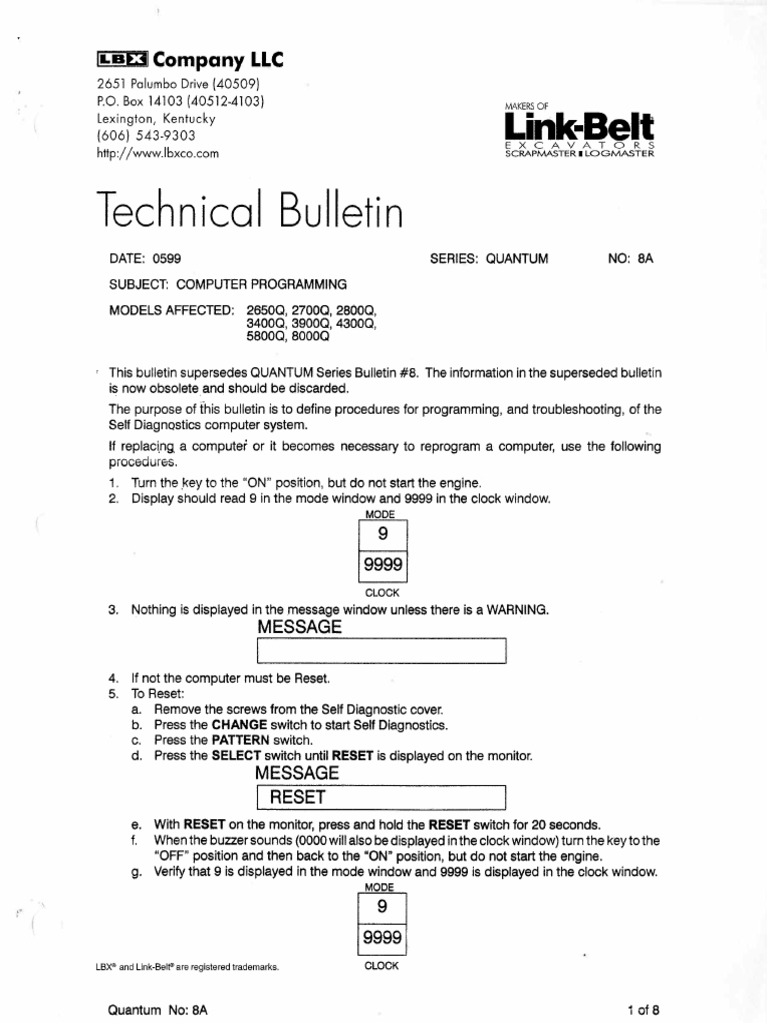Quantum computing represents a revolutionary shift in how computation can be approached, promising to solve complex problems that are insurmountable for classical computers. However, the intricacies of programming a quantum computer are often obscured by the potential and mystique surrounding the technology itself. This article delves into the programming paradigm of quantum computers, elucidating the frameworks that govern their operation and providing insights into the captivating realm of quantum algorithms.
At the core of quantum computer programming lies the fundamental concept of qubits. Unlike classical bits that can only exist in a state of 0 or 1, qubits can inhabit a superposition of states, presenting a duality that reflects a fundamental principle of quantum mechanics. This characteristic allows quantum computers to perform multiple calculations simultaneously, exemplifying the potential for exponential speedup in problem-solving capabilities.
Programming quantum computers begins with the selection of an appropriate quantum programming language. Prominent languages such as Qiskit, Cirq, and Quipper have emerged, each tailored to facilitate the expression of quantum algorithms. These languages serve as a bridge between human logic and the abstract principles of quantum mechanics. Qiskit, developed by IBM, is especially notable for its modularity and ease of use, allowing programmers to model quantum circuits intuitively.
The programming process initiates with the construction of quantum circuits. These circuits represent the framework within which qubits interact through quantum gates, analogous to logical gates in classical computing. Each gate manipulates the state of the qubits, enabling a series of computations. The interplay of gates in a quantum circuit can represent complex operations, such as entanglement and interference, which are pivotal in harnessing the power of quantum algorithms.
Quantum algorithms, such as Shor’s and Grover’s algorithms, exemplify the unique capabilities of quantum computing. Shor’s algorithm, which addresses integer factorization, demonstrates a quadratic speedup over the best classical algorithms, posing significant implications for cryptography. Grover’s algorithm, on the other hand, provides a means to search unsorted databases in a manner that significantly reduces the time complexity associated with classical search methods. The programming of these algorithms necessitates a nuanced understanding of quantum mechanics, showcasing the interdisciplinary nature of this field.
While programming a quantum computer may seem analogous to classical programming, the underlying principles diverge markedly. Quantum programming demands a comprehension of quantum mechanics principles such as superposition, entanglement, and decoherence. These elements present unique challenges that programmers must navigate. For instance, decoherence – the loss of coherence among qubits – can lead to computational errors, necessitating robust error correction techniques that are essential in quantum programming.
The development of quantum algorithms is often a blend of creativity and rigorous mathematical reasoning. Researchers must rethink conventional approaches to problem-solving, often requiring a reimagining of classical algorithms tailored for quantum contexts. This necessitates a fundamental shift in mindset, where the programmer must visualize processes in multidimensional spaces, embracing the non-intuitive nature of quantum phenomena.
Moreover, the utilization of hybrid quantum-classical systems is becoming increasingly prevalent. In many instances, quantum processors are interfaced with classical computers to optimize performance. This symbiosis allows for the execution of quantum algorithms on classical frameworks while leveraging the unique capabilities of quantum processors for specific tasks. The amalgamation of these systems underscores the importance of adaptability in programming methodologies, as developers must tailor their approaches to the strengths of both platforms.
Experimentation plays a crucial role in the quantum programming process. Given the nascent status of quantum computing technology, many quantum systems are subject to fluctuations and practical limitations. Consequently, iterative testing and validation are vital, enabling programmers to refine their algorithms and diagnose issues related to noise and error rates. The necessity for such experimentation fosters a culture of continuous learning, wherein programmers engage actively with the evolving landscape of quantum technology.
The fascination surrounding quantum computing is not limited to its practical applications. The intellectual challenges posed by quantum programming tap into deep philosophical inquiries regarding the nature of reality. Concepts such as entanglement and non-locality challenge the classical understanding of separateness and causality, inviting broader discussions that intersect with the foundations of quantum mechanics and information theory. This synergy between programming and philosophical inquiry adds an enriching dimension to the study of quantum computers.
As researchers and programmers delve deeper into the quantum realm, the cultivation of a robust community is essential. Collaborative efforts are instrumental in advancing quantum algorithms and enhancing sophisticated programming environments. Open-source initiatives and quantum computing platforms encourage knowledge sharing, spurring innovation that transcends geographical and disciplinary boundaries.
In conclusion, programming a quantum computer is a multifaceted endeavor that engages numerous disciplines, interweaving principles of quantum mechanics with computational theory and algorithm design. The unique characteristics of qubits and quantum operations challenge programmers to embrace innovative approaches while grappling with the intricacies of quantum phenomena. As the field matures, the collaborative spirit of the quantum computing community will undoubtedly play a pivotal role in unlocking the full potential of this transformative technology.












